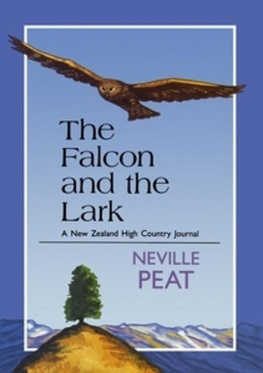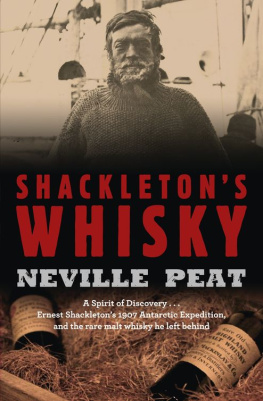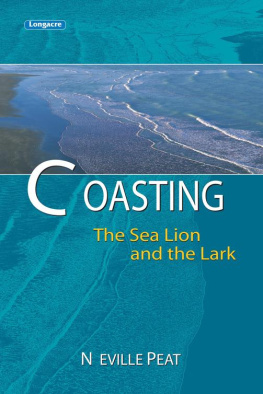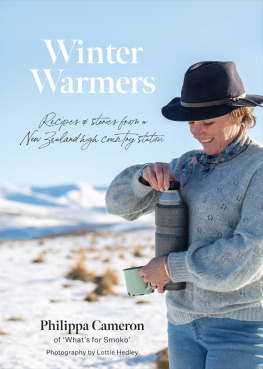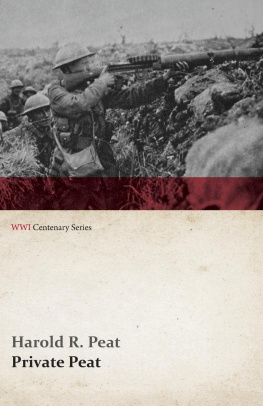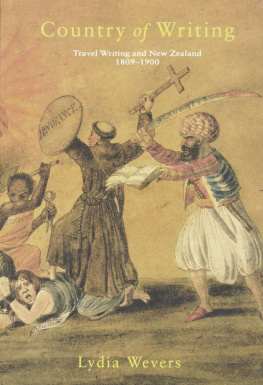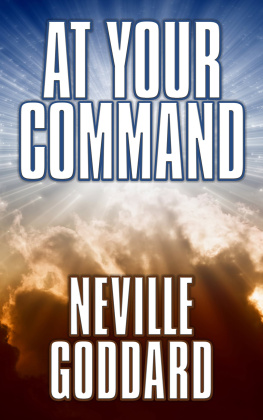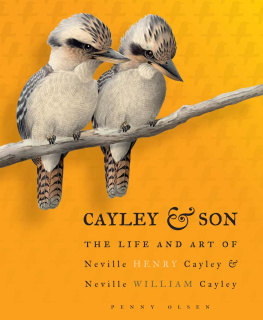Neville Peat - The Falcon and the Lark: a New Zealand High Country Journal
Here you can read online Neville Peat - The Falcon and the Lark: a New Zealand High Country Journal full text of the book (entire story) in english for free. Download pdf and epub, get meaning, cover and reviews about this ebook. year: 2013, publisher: Penguin Random House New Zealand, genre: Detective and thriller. Description of the work, (preface) as well as reviews are available. Best literature library LitArk.com created for fans of good reading and offers a wide selection of genres:
Romance novel
Science fiction
Adventure
Detective
Science
History
Home and family
Prose
Art
Politics
Computer
Non-fiction
Religion
Business
Children
Humor
Choose a favorite category and find really read worthwhile books. Enjoy immersion in the world of imagination, feel the emotions of the characters or learn something new for yourself, make an fascinating discovery.
- Book:The Falcon and the Lark: a New Zealand High Country Journal
- Author:
- Publisher:Penguin Random House New Zealand
- Genre:
- Year:2013
- Rating:4 / 5
- Favourites:Add to favourites
- Your mark:
- 80
- 1
- 2
- 3
- 4
- 5
The Falcon and the Lark: a New Zealand High Country Journal: summary, description and annotation
We offer to read an annotation, description, summary or preface (depends on what the author of the book "The Falcon and the Lark: a New Zealand High Country Journal" wrote himself). If you haven't found the necessary information about the book — write in the comments, we will try to find it.
The Falcon and the Lark: a New Zealand High Country Journal — read online for free the complete book (whole text) full work
Below is the text of the book, divided by pages. System saving the place of the last page read, allows you to conveniently read the book "The Falcon and the Lark: a New Zealand High Country Journal" online for free, without having to search again every time where you left off. Put a bookmark, and you can go to the page where you finished reading at any time.
Font size:
Interval:
Bookmark:
The Falcon and the Lark
NEVILLE PEAT
TheFalconandtheLark is an evocative seasonal journal in which the author explores his roots in the rock-and-tussock country of Central Otago. He uncovers all that is curious and distinctive there in a rich blend of autobiography, folklore and natural history. Along the way he meets up with a mystical free-spirit the Lark and together they strike up an engaging friendship.
Woven throughout the narrative is an intimate portrait of the falcon, the wildest thing in our skies. The falcon is sovereign of her skies; whether soaring, gliding or attacking New Zealands swiftest bird of prey In TheFalconandtheLark Peat reveals the remarkable world of the falcon and captures the life and nature of these beautiful and little-known native birds.
NEVILLE PEAT is author of over 15 books, including Detours,TheIncredibleKiwi and TheWorldofAlbatrosses. He works part-time for the Department of Conservation and devotes the rest of his time to writing and photography with an emphasis on natural history and conservation.
InmemoryofAlexanderPeat,
whoknewthetussockcountry
ahundredyearsbeforeme
anddiedinit,accidentally,in1889,
attheageof37.
Alone we are born
And die alone;
Yet see the red-gold cirrus
Over snow-mountain shine.
Upon the upland road
Ride easy, stranger:
Surrender to the sky
Your heart of anger.
JamesK.Baxter,
October, 1945.

Whether Hollywood had impressionable New Zealand kids in mind when it turned out all those Western movies in the fifties Ill never know. But I do know how they affected me: they transformed the rock-and-tussock landscape of the Strath Taieri into Badlands whenever I travelled inland to my grandparents home at Middlemarch during summer holidays.
Middlemarch a county town which no doubt boasted a county sheriff.
You could eat dust there, and the fluffy seeds of thistledown bounded past in the norwest gales like miniature tumbleweeds. Injuns, their speargrass feathers giving them away, crouched behind rock outcrops that spread sun-baked in every direction beyond the green valley floor. Vultures disguised as harrier hawks wheeled menacingly in the heat haze, and the skylarks lofty song, hard to pinpoint, was an oddly joyous feature of the landscape which somehow I managed to pass off as theme music.
Come high noon, Id be looking homewards. Whats for dinner, Grandma? Beans?
Indoors, of course, I left the Badlands behind. Wed play dominoes, and Grannys hands, shiny from rubbing Ovoline on eggs to preserve them, would help me move the little black blocks around whenever my counting failed me. What able hands they were nurtured seven children, my mother Jean the youngest of them.
Coal-range culture reigned then and its symbols included a singing kettle, warm plates from the warming rack, and warm pyjamas. I never saw anyone light the stove. It was always going, an enduring comfort. Home, home on the range! You appreciated it first thing in the morning. A touch of frost in summer in this strath, this broad mountain valley, was not unknown. You climbed out of bed a small boy literally did, for the beds had tall iron legs and climbed into porridge that came off the coal range steaming.
Behind the house, down a narrow pebbly path, was a fascinating object the dunny. It leaned a bit. A wooden picket door allowed a serrated slice of sunshine to penetrate overhead when you were inside. On a summers day the seat, smooth with use, was agreeably warm, and a small boys legs dangled. Handkerchief -sized squares of newspaper were strung up behind the door. Sometimes thered be a rustling sound nearby not Red Indians sneaking up but red hens scratching in the leaf litter under a row of poplars.
They are gone now, the house, the dunny, the hens. The section is empty. The Ayson family, my mothers, have all gone, too. No aunts or uncles remain in the district, nor any on the Peat side. There were a century of Peats here, starting with great-grandfather Alexander in 1870, first farmer in the Clarks Junction/Deep Stream area.
He and his sons farmed next the rock and tussock around Shannon, then Sutton, creeping ever nearer to the flat river valley in which Middlemarch lies. Uncle George Peat, a grandson of Alexanders, was the last Peat to live here not county sheriff but county grader driver. He also drove an old brown Austin car.
Uncle George would sometimes drive me home to Mosgiel. The journey, over a hilly, river-cut landscape, took three hours. In still, hot weather the radiator would boil. The dust was appalling. But it would obscure the blue smoke pouring into the cab from the protesting engine.
Thirty years on, I still go back. State Highway 87 is tarsealed now and straighter. In a fast car you can do the same journey in an hour. Loops of the old road show up here and there, reminding me of the days when this route used to be an expedition into make-believe country.
These are Badlands no longer. But the enchantment endures because, in place of the childhood fantasies, real-life mysteries emerge, springing out of the rocks, plants, wildlife, and patterns of human settlement. Here are stories that require no big-screen enhancement fascinating, intriguing stories. On these upland roads I try to ride easy. At times this has the effect of willing the strangest stories out of the landscape.
The Peat and Ayson families clocked up a century and a half of relating to this one valley on the eastern edge of Central Otago. The least I can do is spend a few weeks at a time in it. So I go back not only to tease out family history but also to immerse myself in a landscape which is personally special, an ancestral home. It is a surrendering of a sort, a chance to leave behind my city self and approach the land and the sky with a new humility.


A BOVE THE CRATER, where few clouds have gathered, the sky begins to glow light ochre at first, an earthy colour, hardening in minutes to orange. Shades of pink flank the orange core. Suddenly the sky is aflame, bursting red.
From my vantage point on the lower slopes of the Rock and Pillar Range, I can just make out the dark, pouting lips of the crater on the Taieri Ridge skyline east of Middlemarch the opposite side of the valley. Despite appearances, the fireworks in the sky do not signal another eruption, a re-run of the events of ten million years ago. This landscape is largely made of schist, a kind of non-volcanic sedimentary rock. The lighting is simply explained: the sun is coming up over Taieri Ridge.
Yet this is no ordinary sunrise. It is the one that ends the Longest Night and prefaces the Shortest Day the Winter Solstice sunrise.
The pause is not perceptible but you know, because it has always been so, that somewhere in the railway yards of our solar system the points are switched, noiselessly, automatically. It happens twice a year, winter and summer, and the planet, leaning as it spins, sets out on its orbit to favour the opposite hemisphere with sunshine, encouraging an all-over tan.
Font size:
Interval:
Bookmark:
Similar books «The Falcon and the Lark: a New Zealand High Country Journal»
Look at similar books to The Falcon and the Lark: a New Zealand High Country Journal. We have selected literature similar in name and meaning in the hope of providing readers with more options to find new, interesting, not yet read works.
Discussion, reviews of the book The Falcon and the Lark: a New Zealand High Country Journal and just readers' own opinions. Leave your comments, write what you think about the work, its meaning or the main characters. Specify what exactly you liked and what you didn't like, and why you think so.

